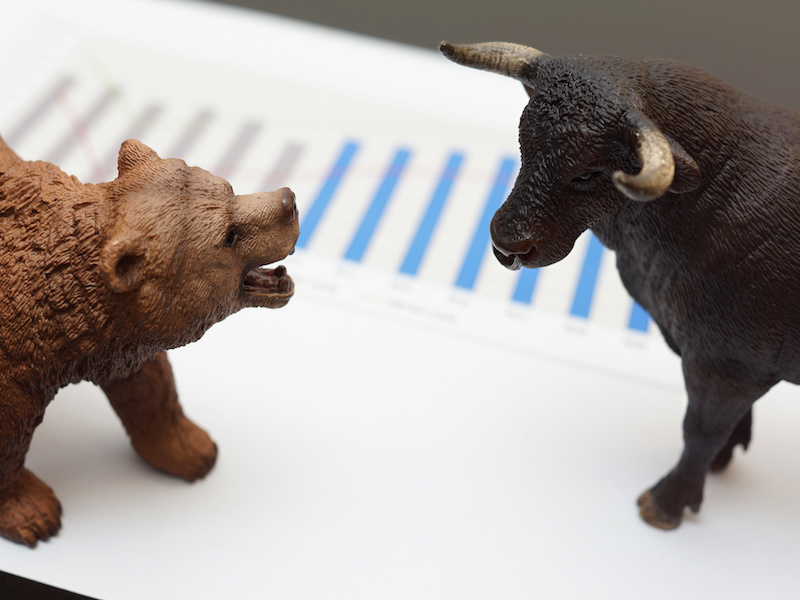

Global shares, represented by the MSCI world index, ended 2019 at an all-time high. Their robust 9.5 per cent per annum return during the 2010s may come as little surprise given both the starting point, which coincided with the aftermath of the global financial crisis and the extraordinary efforts by central banks to prop up asset prices since that time. But headline returns rarely tell the whole story.
U.S. shares powered this rise in global stock markets and the S&P’s run over this period has been well documented. By contrast, the MSCI world ex-USA index returned 5.3 per cent per annum over the same period. Beneath these more prosaic, if still respectable, returns for non-U.S. shares lies a tale of two markets that has emerged in recent years. The winners have appreciated substantially and appear priced for perfection, while the losers have lagged and appear priced for continued disappointment—essentially a hidden bear market.
At least two extreme crosscurrents have exerted an unusually strong influence on winners and losers since the start of 2018. The first trend has been a steady flow of capital into the largest and most liquid shares. The largest 50 stocks in the MSCI world ex-USA index outperformed the smallest 50 stocks by nearly 60 per cent on average over the last two years. And of the smallest 50 stocks, less than ten outperformed the index.
A second (and related) trend has been a flight to safety. While beta is an imperfect measure of risk, it can be used as a rough proxy to understand investor appetites for perceived risk. The 50 lowest beta stocks in the MSCI world ex-USA index outperformed the 50 highest beta stocks by nearly 50 per cent over the last 24 months.
Consistent with these themes, many of the biggest winners in global equity markets have been large, defensive businesses, likely a function of a lack of alternatives given extremely low yields on longer-dated government bonds. On the other hand, companies with less predictable and often more volatile cash flow streams, have lagged considerably. Put simply, this dynamic has led to wide valuation dispersions between more and less predictable businesses.
Nothing captures this better than a comparison between two well-known names: Nestlé and Honda Motor Co. Nestlé rose by over 30 per cent during the last two years, comfortably outpacing the MSCI World ex-U.S.benchmark return of five per cent. Honda on the other hand lost around 10 per cent of its market capitalization. At 5.4 times book value, Nestlé trades within a whisker of its highest-ever valuation while the corresponding multiple for Honda languishes at levels last seen during the global financial crisis.
Given the relative profitability and growth profiles between the two companies, one would expect Nestlé to trade at around twice Honda’s valuation, and this has indeed been the case for much of the last three decades. At the start of 2018, however, the valuation gap had widened to five times. Since that time, and despite this somewhat stretched starting point, Nestlé shares have gone on to outperform even more comfortably. The valuation gap versus Honda peaked at a staggering 10 times in late August 2019 and ended the year near eight times.
One could fairly argue that a car company faces a greater risk of disruption today than a food and beverage company, but that explanation only goes so far. The current valuation gap between the two companies looks extreme and unsustainable.
This is reminiscent of a pattern that has been observed historically. Extreme headline index returns often coincide with extreme stock-level mispricing and internal dislocations. Some of the more memorable historical episodes include the Japan bubble in the late 1980s and the tech bubble in the late 1990s. During both periods, robust gains in the broad market masked underlying dispersion between the cheapest and most expensive shares. Eventually those trends broke down and subsequent broad market returns were lacklustre. But opportunities for excess relative returns became more pronounced and ushered in healthy periods of alpha generation for skilled active managers.
It remains to be seen how the current episode will unfold, but the final quarter of 2019 may offer a glimmer of hope of more rational pricing to come.
